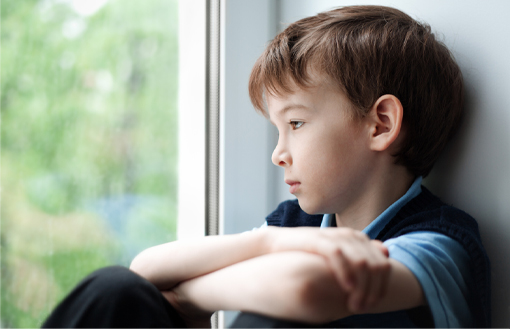BULLYING
Bullying is a repeated, unwanted, and aggressive behavior that involves a real or perceived power imbalance. It can take many forms: physical (hitting, pushing), verbal (name-calling, threats), or relational (spreading rumors, excluding someone). Bullying can occur in any setting—schools, workplaces, neighborhoods, and online (cyberbullying). It affects people of all ages, races, and backgrounds.
This is a Judgement-Free Zone.
Impact of Bullying
Bullying doesn’t only affect the victim. Witnesses to bullying, and even the bullies themselves, can experience negative effects. Witnesses may feel guilty or helpless for not intervening, while bullies often have underlying issues contributing to their behavior and may lead to problems in their future relationships and careers.
Recognizing Bullying
- Physical marks like bruises or scratches
- Changes in behavior such as withdrawal, declining grades, or a lack of interest in activities
- Emotional changes like increased irritability, sadness, or sudden outbursts
- Avoidance of certain situations or people

Is It Bullying?
Examples of Bullying Behavior:
- Physical Bullying: This involves harming a person’s body or possessions. It includes hitting, kicking, punching, spitting, tripping, pushing, taking or breaking someone’s things.
- Verbal Bullying: This involves saying mean things. It can include teasing, name-calling, inappropriate sexual comments, taunting, or threatening to cause harm.
- Social Bullying (Relational Bullying): This involves hurting someone’s reputation or relationships. Social bullying includes leaving someone out on purpose, telling other children not to be friends with someone, spreading rumors about someone, or embarrassing someone in public.
- Cyberbullying: This involves using digital devices, sites, and apps to intimidate, harm, or upset someone. It includes sending mean or threatening messages or images, posting embarrassing information, or creating fake profiles.
Examples of Behavior that is Not Bullying:
- Single Episodes of Social Rejection or Dislike: Not everyone will get along with everyone else. It’s okay for children or adults to express that they don’t want to be friends with someone as long as it’s done respectfully.
- Single Acts of Meanness or Aggression: Random acts of aggression or intimidation are different from bullying. While these actions can cause harm and need to be addressed, they do not have the repeated pattern that characterizes bullying.
Mutual Arguments, Disagreements, or Fights: Bullying involves an imbalance of power, where one person is targeted repeatedly by the same individual(s). A mutual disagreement, argument, or fight, where both parties have equal power, is not the same as bullying.
Addressing Bullying

Speak Up
If you’re a victim of bullying, it’s important to speak up about it. Talk to someone who can help, whether it’s a teacher, supervisor, friend, or family member.

Support
If you witness bullying, offer support to the victim. Sometimes, just knowing that someone cares can make a huge difference.

Educate
Education is key to preventing bullying. Schools and workplaces should implement anti-bullying programs that educate people about the effects of bullying and how to address it.

Seek Help
If you’re a victim of bullying and it’s affecting your mental health, it’s important to seek help from a mental health professional.
Remember, it’s important to treat everyone with kindness and respect. If you’re struggling with bullying, remember that it’s not your fault and help is available.
You Are Not Alone
Don’t suffer in silence. Reach out for support today.
